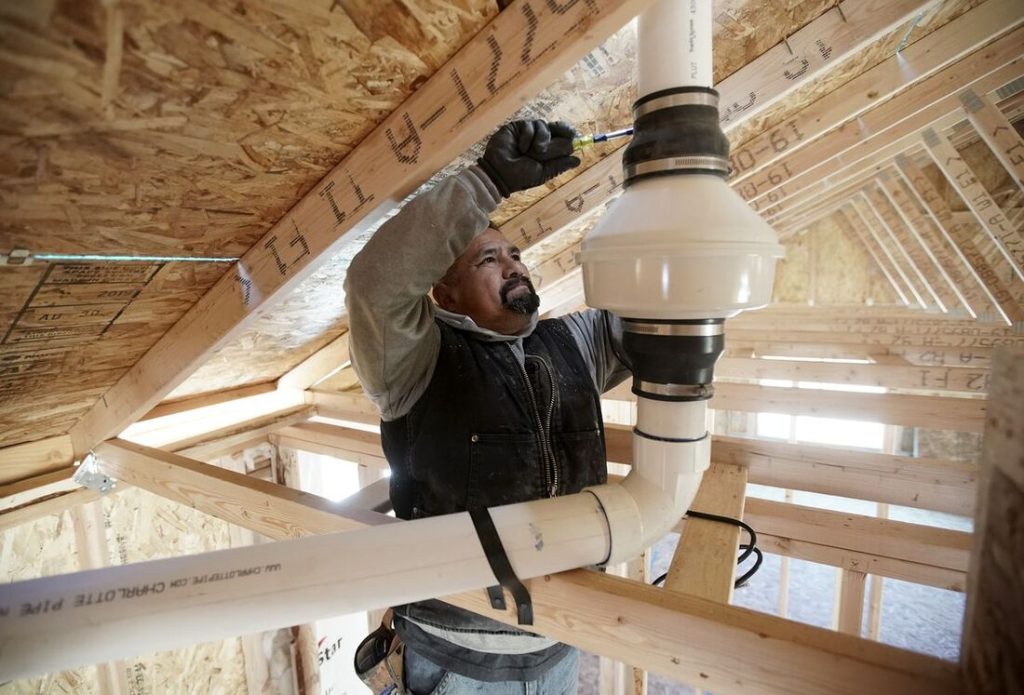Commercial radon testing and mitigation are crucial processes for ensuring the safety of occupants in various establishments. Radon, a colorless, odorless, and tasteless radioactive gas, is a natural byproduct of uranium decay in soil and rock. It can seep into buildings through cracks, gaps, and other openings in the foundation, posing significant health risks when accumulated in indoor environments. Therefore, implementing effective testing and mitigation strategies is essential for minimizing exposure and maintaining a healthy indoor environment. To begin with, commercial radon testing involves the use of specialized equipment to measure radon levels within a building. This process typically starts with an initial assessment to determine the most suitable testing locations based on factors such as building layout, occupancy patterns, and potential entry points for radon. Continuous radon monitors CRMs or passive devices like charcoal canisters are commonly employed for testing purposes. Additionally, long-term testing lasting several months may be recommended to assess seasonal variations and ensure comprehensive monitoring.

Once the testing phase is complete, the collected data is analyzed to determine the average radon levels and assess the risk posed to occupants. The Environmental Protection Agency EPA recommends action levels above which mitigation measures should be implemented to reduce radon exposure. If radon concentrations exceed these thresholds, it is crucial to promptly implement effective mitigation measures to lower indoor radon levels and mitigate associated health risks. Commercial radon mitigation encompasses various techniques designed to prevent radon from entering a building or reduce its concentration to acceptable levels. One common approach involves installing sub-slab depressurization systems, also known as active soil depressurization ASD systems. These systems utilize pipes and fans to create a pressure differential that draws radon gas from beneath the building and vents it safely to the outdoors. Additionally, sealing cracks, gaps, and other potential entry points in the building’s foundation can help prevent radon infiltration.
In some cases, ventilation systems such as heat recovery ventilators HRVs or energy recovery ventilators ERVs may be employed to dilute indoor radon levels by introducing fresh air from the outside while expelling contaminated air. However, it is essential to ensure that these systems are properly designed, installed, and maintained to prevent unintended consequences such as energy inefficiency or indoor air quality issues. Furthermore, regular maintenance and monitoring are essential components of commercial radon mitigation efforts to ensure the continued effectiveness of implemented measures and go now. This includes periodic testing to verify radon levels remain within acceptable ranges and servicing mitigation systems to address any issues that may arise. Additionally, ongoing education and training for building occupants and maintenance personnel can help raise awareness about radon risks and reinforce proper mitigation practices. Commercial radon testing and mitigation are vital aspects of indoor air quality management, aimed at safeguarding the health and well-being of occupants. By following best practices in testing, analysis, and mitigation, businesses can effectively identify and address radon hazards, creating safer and healthier environments for employees, customers, and visitors alike.

